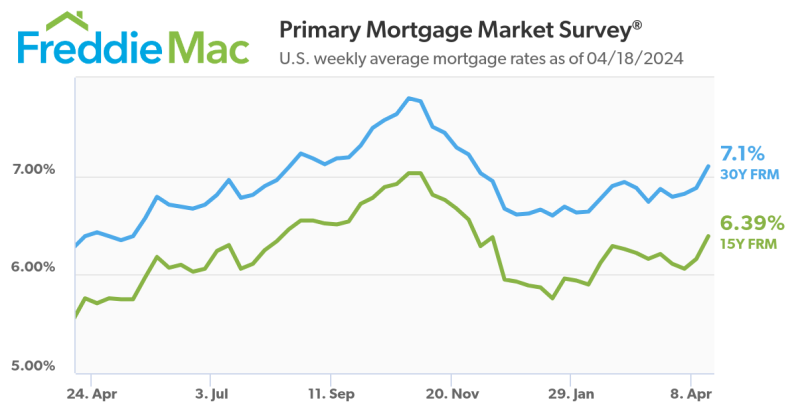Advertisement
Fixed-Rates Targeted by 95 Percent of Refi Borrowers in Q2

In Q2 of 2012, fixed-rate loans accounted for more than 95 percent of refinance loans, based on the findings of the latest Freddie Mac Quarterly Product Transition Report. Refinancing borrowers clearly preferred fixed-rate loans, regardless of whether their original loan was an adjustable-rate mortgage (ARM) or a fixed-rate mortgage (FRM). Of the borrowers who refinanced during Q2, 30 percent reduced their loan term, while 67 percent of borrowers kept the same term as the loan they had paid off.
"Fixed mortgage rates averaged 3.79 percent for 30-year loans and 3.04 percent for 15-year product during the second quarter in Freddie Mac's Primary Mortgage Market Survey (PMMS), well below long-term averages and the lowest quarterly averages recorded in our survey," said Frank Nothaft, Freddie Mac vice president and chief economist. "The Bureau of Economic Analysis has estimated the average coupon on single-family loans was about five percent during the second quarter of 2012. It's no wonder we continue to see strong refinance activity into fixed-rate loans."
Eighty-one percent of borrowers who had a hybrid ARM in Q2 chose an FRM, the highest share since the second quarter of 2010, while the remaining 19 percent chose to refinance into the same type of product. Borrowers who refinanced under the Home Affordable Refinance Program (HARP) were more likely to take out a long-term, FRM. For example, 25 percent of HARP borrowers shortened their loan term when they refinanced during the second quarter, compared with 30 percent of borrowers who refinanced outside of HARP. Further, 95 percent of borrowers who were refinancing out of an ARM under the HARP program chose a fixed-rate mortgage. In contrast, borrowers who had an ARM, but did not refinance through HARP, about one-half opted for another hybrid ARM.
"Compared to a 30-year fixed-rate mortgage, the interest rate on a 15-year fixed was about three-quarters of a percentage point lower during the second quarter," said Nothaft. "For borrowers motivated to refinance by low fixed-rates, they could obtain even lower rates by shortening their term. Further, a shorter-term, fully amortizing loan reduces the loan balance faster and builds home equity sooner."
About the author





